The Gender Wage Gap is one of the most frequently debunked statistics yet it seems to stubbornly persist in mainstream narratives. The typical Gender Wage Gap that gets touted is a simple comparison of the average earnings by men and average earnings by women. When calculated this way we end up with the following scenario:

At a glance that seems terrible right? How come women make less than men? Isn’t this an example of sex-based discrimination?
Well no, and here is why:

When we factor in other variables, like job type and qualification, the wage gap closes significantly. Now this does not seem like much of an issue. The Gender Wage Gap is a common example of a mental trap people fall into where they see a disparity and automatically chalk it up to discrimination.
This logic does not hold as disparities can exist for many reasons:
A senior employee in a field can make more money than a junior employee in a field (factor: years of experience)
A doctor is paid more than a janitor even when they work in the same hospital (factor: role)
An employee who works 50 hours a week receives a larger paycheck than an employee who works 40 hours a week when hourly rates are equivalent (factor: hours worked)
None of the aforementioned reasons would be considered discriminatory yet they can result in wage disparities; similarly, the disparity we observe with the Gender Wage Gap is largely, if not entirely, explained by similar variables as the graphic shared above demonstrates.
We can also look at what happens when we compare the median weekly earnings of Asian Women and White Men who are full-time workers:
Asian Women have surpassed the earnings of White Men in this scenario. Does this mean White Men are being oppressed by Asian Women? That seems implausible.
The point being made here is that we cannot hastily attribute every disparity we see to discrimination; there might be, and often are, other factors at work. When considering relevant factors, the Gender Wage Gap practically ceases to exist.
Jordan Peterson does a good job of explaining some of the various variables that contribute to the Gender Wage Gap in the following video:
If the Gender Wage Gap disappears when you consider variables like occupational choice, hours worked, and qualifications that tells us that it is not a “Gender” Wage Gap — the word “Gender” is irrelevant here — and it is merely a Wage Disparity that exists for other reasons. Despite the Gender Wage Gap being misleading, it manages to remain somewhat relevant due to mainstream figures irresponsibly promoting the lie
In addition to the dishonest way the Gender Wage Gap is covered, many people do not know how to think about large-scale trends. For example, when discussing the Gender Wage Gap, I commonly hear faulty thinking take some form of the following statement:
“The Gender Wage Gap is real because I have personally experienced or observed wage discrimination against women.”
People often rely solely on personal anecdotes as their source of truth, assuming that because they’ve experienced something themselves or observed it happening to others, it represents the norm rather than an exception. This type of thinking is akin to thinking the tail ends of a bell curve represent average rather than edge cases.
In other words: outliers rarely disprove trends. We can simultaneously observe that outliers exist and note that the general trend is true. The good news for people concerned about the Gender Wage Gap is that this means genuine cases of discrimination against women are rarer than we are often led to believe.
Why is debunking the Gender Wage Gap important? Letting this lie live on without challenge is how we end up with companies actually discriminating to close disparities. For example, there have been cases like Google where an investigation revealed that men were being discriminated against and the company has been sued for its hiring practices which discriminate against Asian and White males; these misguided policies at Google are, at least in part, due to the company’s efforts to close disparities, like the Wage Gap, without realizing those disparities might exist for benign reasons such as behavioral differences and choice preferences. It is also not good for people to think they are facing large-scale discrimination when the full context suggests otherwise.
There are quite a few people in every generation who believe “Women in the United States have no hope for success because of sexism” which is simply not true. As we have already seen the true Wage Gap between the two sexes is practically nonexistent. In addition, we can consider other metrics where women are doing very well. There are plenty of reasons to be optimistic if we ignore demoralizing propaganda.
Because the Gender Wage Gap is misleading in terms of what it’s trying to communicate, it is a worthless and counterproductive statistic that we should retire from the discourse. Different people will make different choices and men are very obviously different from women so it makes sense for there to be disparities between the two sexes without foul play being involved. If there is only one thing you take away from this article then let it be this:
Disparities do not necessarily imply Discrimination.
If a disparity disappears when adjusted for non-discriminatory variables then discrimination is probably not the root cause. Consider other possibilities before hastily attributing disparities to discrimination.

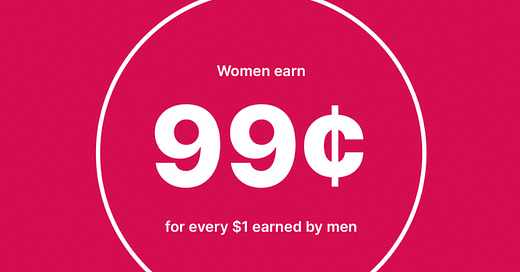


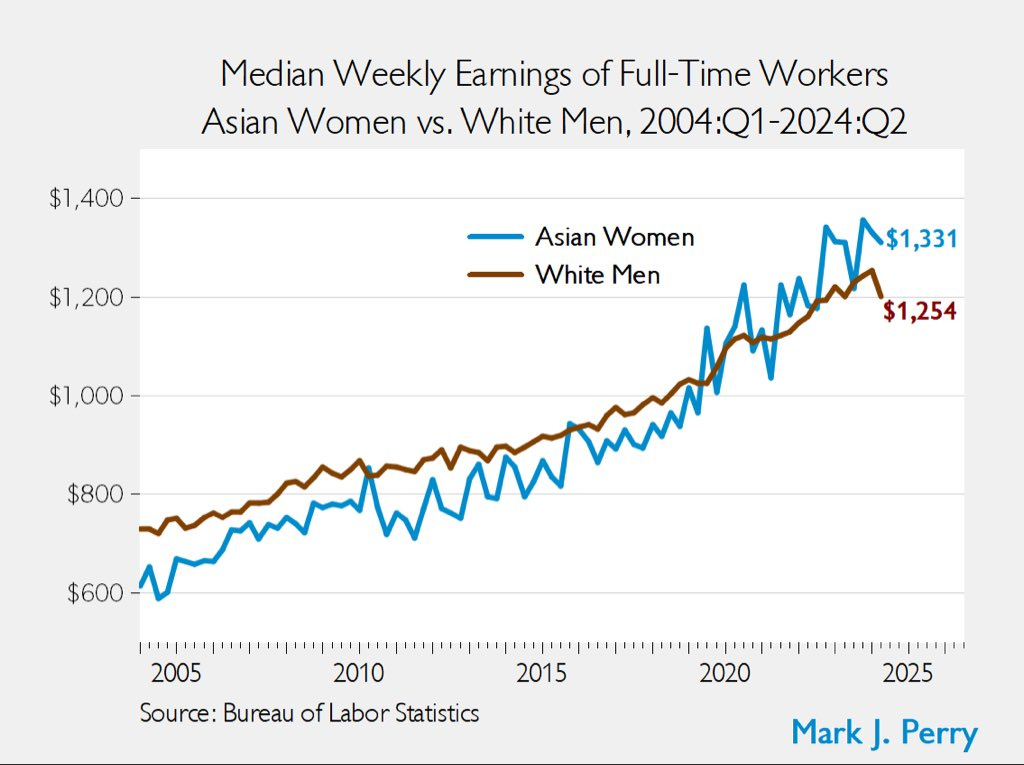
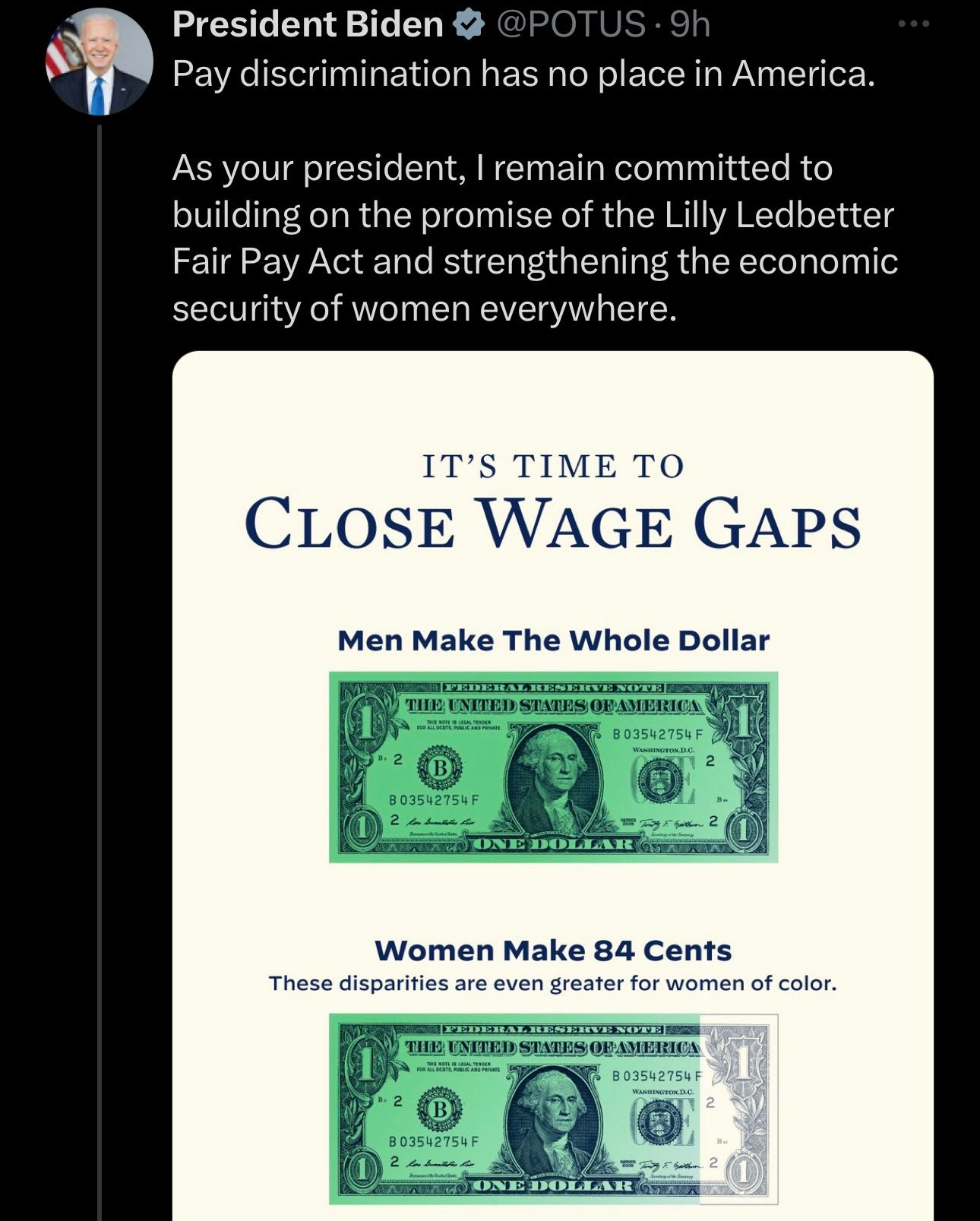
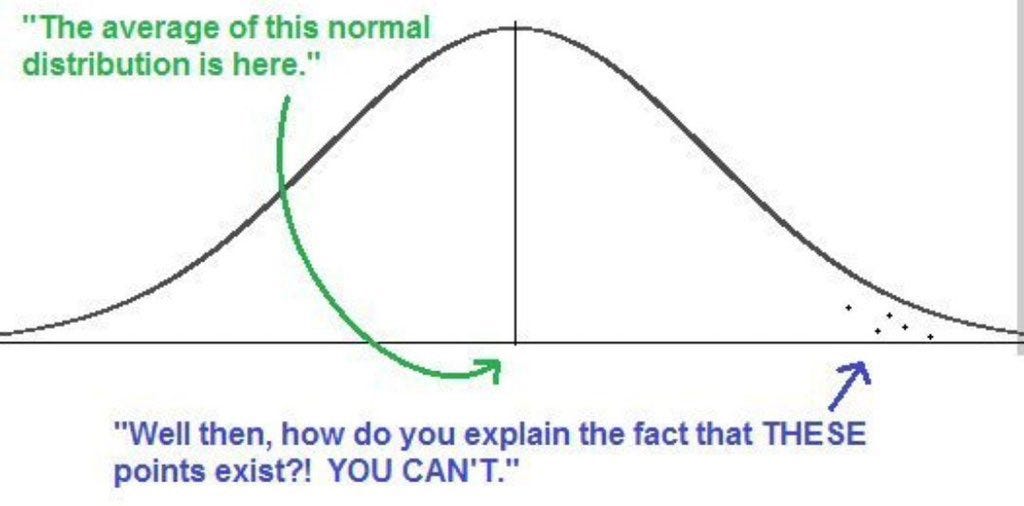
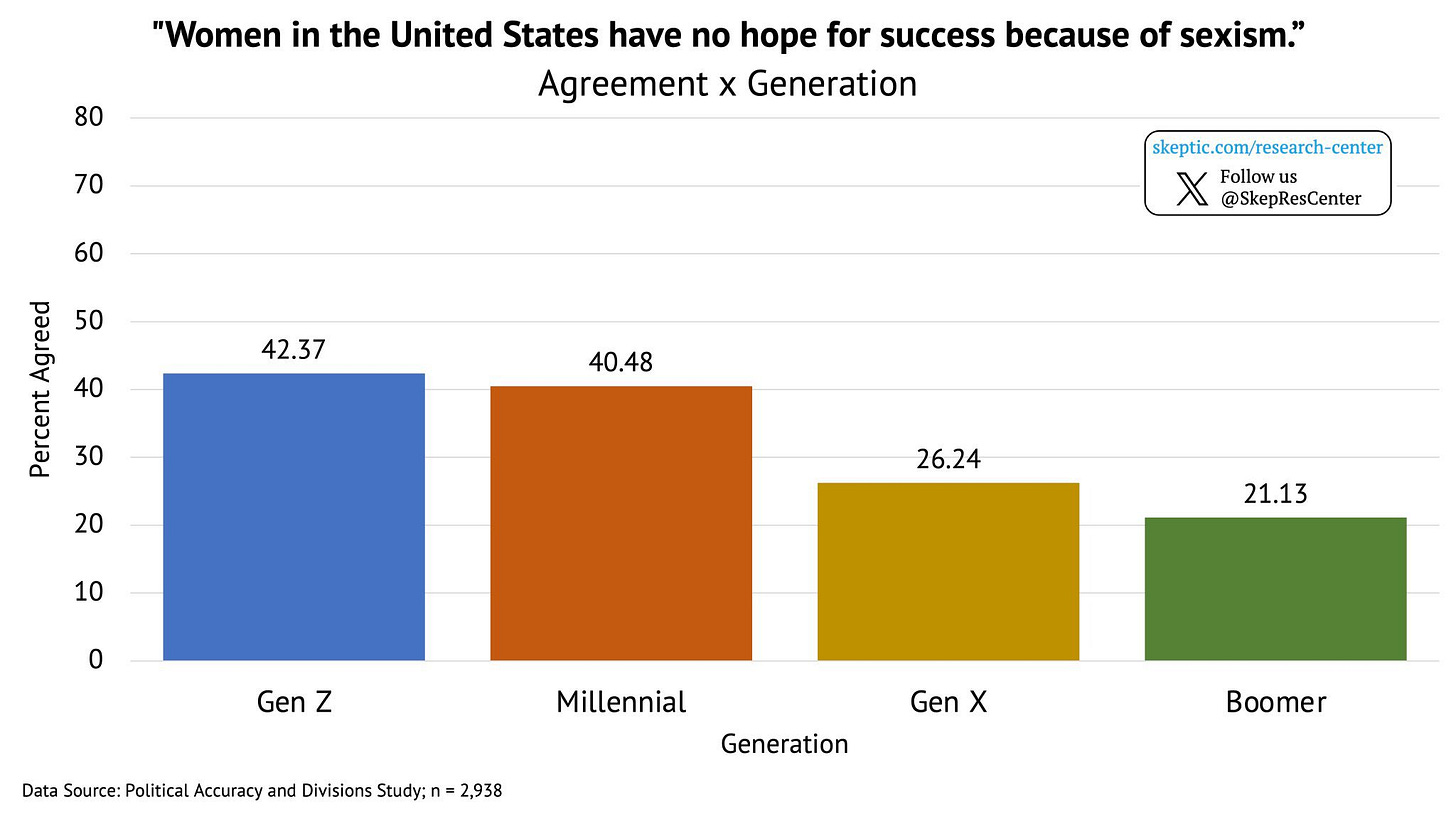
Great stuff, very Tom sowell I like it
Yes, and not all whites are privileged and not all cops are racist. Men cannot become women, police aren’t hunting black people. The biggest net negative of the last 5 years is that everyone with a modicum of common sense has to waste a ton of time saying obvious true shit because everyone either became stupid or captured or both.